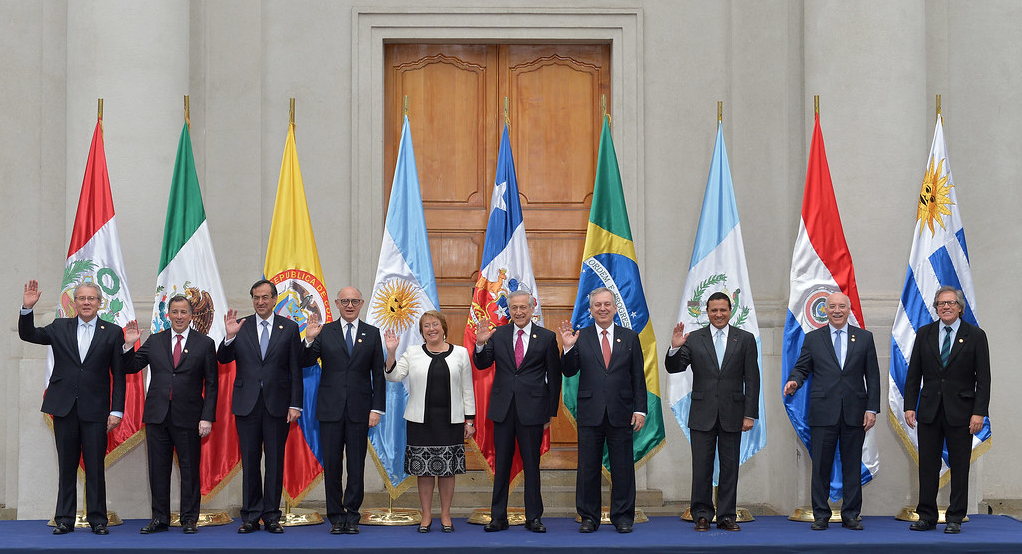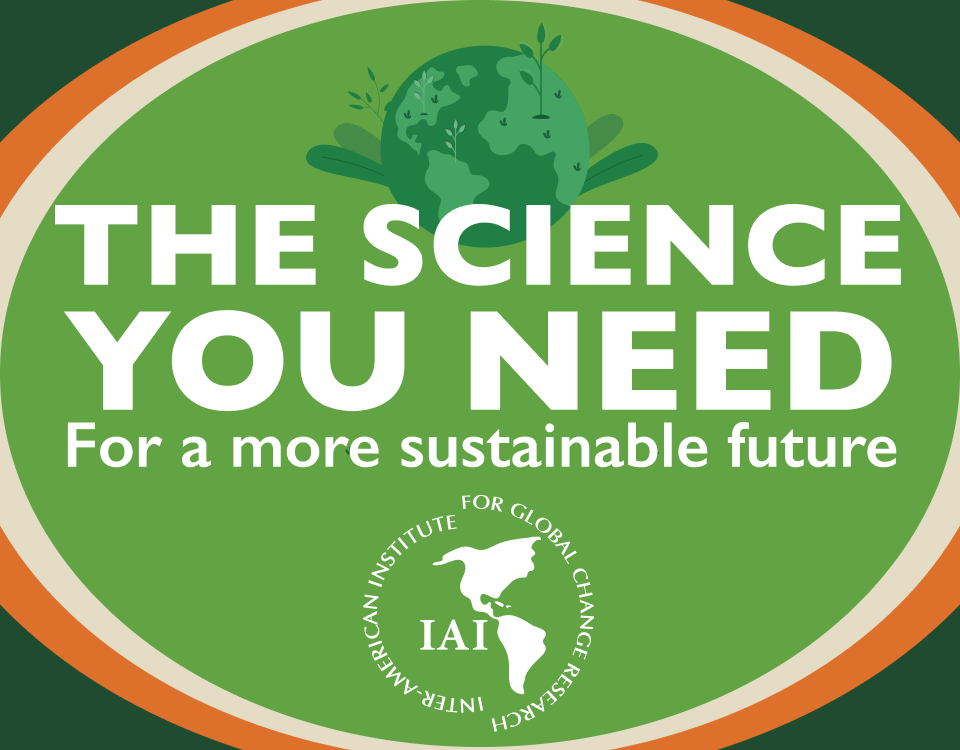In mid-November, during an event organized by the Central Bank of the Republic of Argentina, ECLAC’s Executive Secretary commented “that we have gone backwards in terms of regional integration”. Alicia Bárcena is quite right. The COVID-19 pandemic has produced collateral effects for the regional integration processes. COVID-19 landed in Latin America and the Caribbean at a time of great vulnerability and weakness of their economies and multilateral institutions. It exploded when regionalism was already in crisis with the Union of South American Nations (UNASUR) in the process of dissolution, the semi-paralyzed Community of Latin American and Caribbean States (CELAC) and a Southern Common Market (Mercosur) in search of its mission and future insertion into the global economy.
The pandemic has multidimensional implications for Latin American regionalism. Economically, the pandemic has deepened the crisis. After the end of the commodities boom, in the period 2014-2019 the regional GDP growth rate (0.4%) was the lowest since the 1950s. According to the most recent IMF forecast of October, the GDP of Latin America and the Caribbean will contract by 8.1% in 2020 and recover by 3.6% in 2021. In the medium term, dealing with the economic crisis will dominate politics in Latin America.
The predominance of the primary sector in the exports of Latin American countries has been a major obstacle to achieving greater economic regionalization
The predominance of the primary sector in the exports of Latin American countries has been a major obstacle to achieving greater economic regionalization, based on industrial sectors and the creation of regional value chains. The aftermath of the pandemic could increase economic dependence on China and thus further intensify economic reprisal. While in the first half of 2020 Latin American exports to the United States (-19.5%) and the EU (-18.6%) fell significantly, the reduction in exports to China was much smaller (-1.0%); and MERCOSUR exports to China even increased by 13.2%. The case of Brazil is striking, where soybeans represented 43% of exports to China.
The crisis caused by COVID-19 has a negative impact on intraregional trade. According to IDB-INTAL statistics, intraregional trade flows had already decreased by 8.3% in 2019. As a result of the recession caused by COVID-19 in the first half of 2020, intraregional trade fell by another 23.2%. As a result, the intraregional trade coefficient for Latin America fell to 11%; with much lower values at the subregional level (with the exception of Central America). According to ECLAC calculations, the share of intraregional trade in total trade fell to 9% in Mercosur, 7.3% in the Andean Community and 2.7% in the Pacific Alliance. By way of comparison in the EU, it is more than 60%. To give new impetus to Latin American regionalism, economic integration must be promoted and deepened.
The COVID-19 crisis has ruthlessly exposed the structural deficits of Latin American regionalism. A crisis could also be an opportunity. But this requires leadership and a common agenda. The European Union (EU), for example, has shown that it is prepared to react in the event of deep crises. It seems that ultimately the pandemic has led to a strengthening of the EU through an economic revitalization package on an unprecedented scale that includes for its financing a common European debt. There is also coordination between the member states and the EU when it comes to buying vaccines.
the pandemic has once again highlighted the shortcomings of Latin American regionalism.
In contrast, the pandemic has once again highlighted the shortcomings of Latin American regionalism. At present, there is no strong enough leadership in Latin America (either singular or shared) that can promote regional projects or end the paralysis that some of the regional organizations are going through. Worse still, what can be observed is negative leadership from Brazil (and in some ways also from Mexico) during the pandemic. Neither Brazil nor Mexico has been a model for dealing with the COVID-19 pandemic. Mexico, in the framework of its pro tempore presidency of CELAC, has at least tried to put the issue on the agenda of the Latin American debate. On the contrary, Brazil has given up any claim to leadership on the subject of the pandemic on the regional agenda and has not shown any willingness to participate actively in shaping the post-COVID-19 world.
In the absence of regional leadership, external actors could drive regional integration. But here too the international constellation is quite unfavorable. The EU, which has supported regional integration processes in the past, is currently too busy with itself and reveals a lack of long-term strategic vision. The agreement with Mercosur could give a greater international role to this regional bloc. But the agreement is in limbo because of the fires in the Amazon and protectionism for the EU’s agricultural sector. It must also be admitted that Bolsonaro’s populist policy and the permanent crisis in Argentina do not make Mercosur a particularly attractive partner at this time.
China’s economic attraction and U.S. political pressure are having a negative effect on regional integration.
The EU competes in Latin America with China and the United States. While this competition may have positive effects on Latin American regionalism, this is not the case with the conflict between China and the United States. While China is using the rapid economic recovery to expand its influence in Latin America, the United States is practicing a policy of economic containment towards China in the region. This has resulted in the further politicization of trade relations with Latin America. China’s economic attraction and U.S. political pressure are having a negative effect on regional integration. Instead of strengthening regional cohesion and leading to coordinated action, centrifugal forces are increasing.
The pandemic is not yet over. From an optimistic perspective, it can be said that the process of disintegration in Latin America, which culminated in the withdrawal of almost all UNASUR member countries, did not continue. But it seems that it was more a result of institutional inertia than of the resilience of Latin American regionalism. There was no more comprehensive and coordinated response to address the many challenges posed by the pandemic.
The question arises as to whether Latin American regional organizations are adequately prepared and equipped for the challenges of the post-COVID-19 world. In her speech, Alicia Bárcena regretted that in the process of economic reorganization of the world “our region does not define its strategy”. There is a risk that as a result of the pandemic the weight of Latin America in the world economy will continue to diminish and its role will be limited to that of a supplier of raw materials. Latin America has no voice in the debate on the current challenges in international politics and the future of the global order. There is currently no reason to be optimistic.
*Translation from Spanish by Emmanuel Guerisoli
Photo of Chilean Government in Foter.com / CC BY
Autor
Investigador asociado del German Institute for Gobal and Area Studies - GIGA (Hamburgo, Alemania) y del German Council on Foreign Relations (DGAP). Fue Director del Instituto de Estudios Latinoamericanos y Vicepresidente del GIGA.











